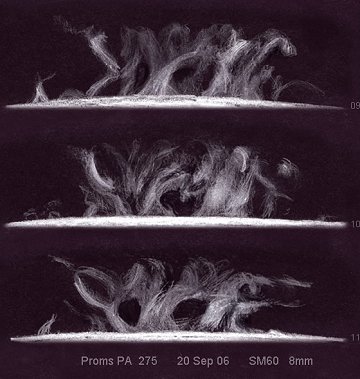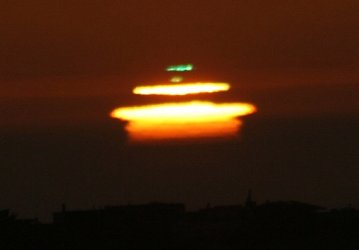 Autumn is almost here, and it's a wonderful time for stargazing. Find out what's up from Spaceweather PHONE.
Autumn is almost here, and it's a wonderful time for stargazing. Find out what's up from Spaceweather PHONE.
EQUAL NIGHT: On Saturday, Sept. 23rd, the sun crosses the celestial equator, marking the autumnal equinox--the first day of northern autumn. Equinox means equal night. With the sun on the celestial equator, Earthlings will experience 12 hours of daylight and 12 hours of darkness. It's also the beginning of aurora season!
ON THE EDGE: Today, astronomers are watching a beautiful hedgerow prominence dance along the sun's limb. In England, Les Cowley recorded the action using his solar telecope plus pencil and paper:
 .
.
"Sketching solar prominences might be somewhat 19th-century, but it does make you look hard," says Cowley. "Prominences change before your very eyes, sometimes in just a few seconds."
more images: from Pete Lawrence of Selsey, UK; from Mila Zinkova of San Francisco, California.
EMERALD SUNSET: "Tonight I saw one of the most beautiful and long lasting green flashes I've ever seen," says Mila Zinkova of San Francisco, who took this picture on Sept 17th:

The green flash, a brilliant glint of emerald almost on the ocean horizon just as the sun disappears, relies on a mirage to magnify small differences in refraction between red and green light. This particular sunset "was a very complex mock mirage," says Zinkova. "It seemed that the sun could not get enough of playing with [thermal air layers over the Pacific Ocean] and produced a different shape every moment."
Green flashes, once thought to be a myth, are certainly real. If you live on a western coast, look for them at sunset.

